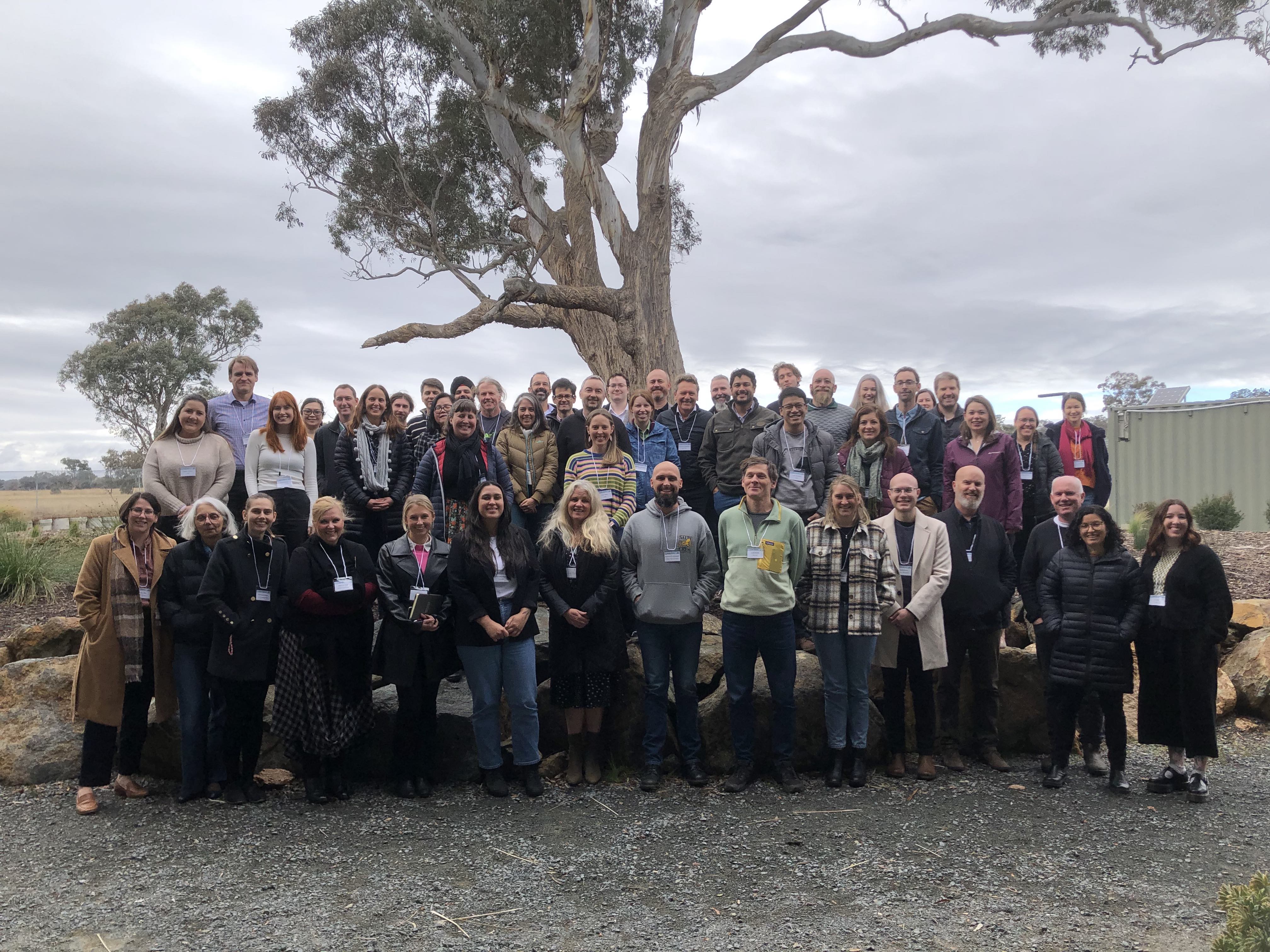Exploring emerging Airborne Environmental DNA (eDNA) capabilities

Airborne environmental DNA (eDNA) is an emerging field that allows for the detection of species from their genetic remnants in the air. Like eDNA from soil and water, it promises to provide another non-invasive tool for the accurate documentation of species and communities for biosecurity monitoring and biodiversity conservation, management, and restoration.
This week, the Centre for Biodiversity Analysis co-sponsored a two-day workshop to harness the current momentum in airborne eDNA research.
Held at the Wildbark Visitor Centre at Mulligans Flat Woodland Sanctuary in Canberra it brought together over 50 local experts and enthusiasts in the field and aimed to enhance the effectiveness, uptake, and reach of this exciting emerging capability.
Key leaders and early career researchers presented short talks on perspectives and possibilities of airborne eDNA as a field. These talks were also streamed and recorded, ensuring that the content presented was broadly accessible.
During the open sessions, workshop discussions focused on setting strategic objectives and collaborative project planning to leverage collective expertise and resources.
